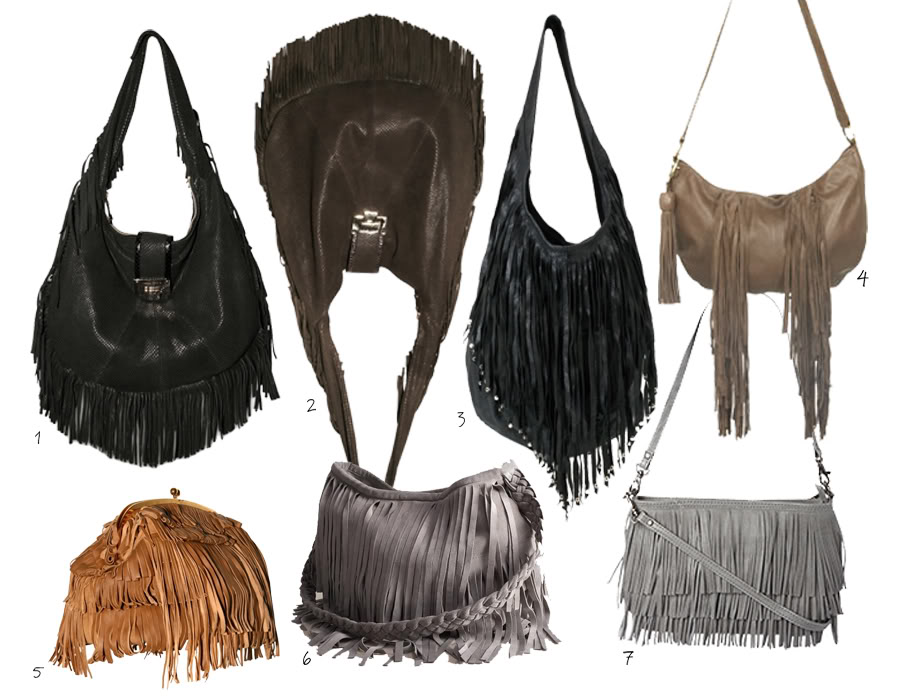Using a single length of cord and just one type of knot, you can create a variety of chunky macrame necklace designs to suit your personal style! Make some modern stylish and colorful bracelets with these free instructions from Honestly WIF using jewelry cord and connectors. We will gladly accept returns for up to 30 days after you receive your purchase, please contact us, and we will be glad to write you back with our return instructions. Now the slightest thought will be sufficient to convince any one who has an eye at all, of the ill effect of numerous looking-glasses, and especially of large ones. There was a photograph of an Lakota shooting bag in James Hanson’s book titled Little Chief Gatherings that caught my eye while reviewing the artifacts. The possibles bag gives me some real dimensions to work with when it comes to limiting my gear. Anyone claiming cutting edge, social consciousness, or commitment to critical discourse should do the work of describing how things are connected. Given the demographic distribution, where wealthier neighborhoods are statistically more white, we must underscore that, on a social scale, these nonprofits are systematically subsidizing a system that sustains white supremacy.
The understanding that what is private or public about money, surplus, revenue, and the tax system are all social constructs and not a natural law, has spread from the fringe to mainstream electoral politics. “A private benefit is quantitatively incidental if it is ‘a necessary concomitant of the activity which benefits the public at large, i.e., the activity can be accomplished only by benefiting certain private individuals’.” 30 With the market for contemporary art skyrocketing, and the tax code incentivizing mega-collectors to open private operating foundations rather than donating works to established publicly-supported museums, we have a proliferation of institutions sporting “all the usual suspects.” What all these suspect institutions do collectively is raise the price of their private assets, all the while lowering their taxes. That 90% percent of American households make a charitable contribution every year is proof enough that no incentive is necessary for philanthropy. Political economist Rob Reich charts a history of mistrust and curbing of philanthropy.23Demonstrating how philanthropy can be the cause of inequality, he argues convincingly that today “donors are not exercising a liberty to give their money away; they are subsidized to exercise a liberty they already possess.”24 For perspective: “in the United States, for example, subsidies for charitable contribution cost citizens at least $50 billion in foregone federal tax revenue in 2016.”25That is $50 billion of unregulated money changing hands through obscure arrangements.
Still, in the world of art, dependency on philanthropy leaves us collaborating with what might, from a retrospective future, make present behavior seem like scandalous pandering to the wealthy. It's smaller size will make sure you can find things easily! It is no surprise that in the current deregulated moment private collections exhibit a commitment to real-estate-scaled painting: “paintings the size of a city block” - as Ultra-red co-founder Dont Rhine once pointed out; or that diversity appears mostly when it comes with the stamp of market approval. Suede - Decide what size you want your pouch to be and double that to accout for the front and back. ’s difficult to get museums to commit to what you want. Anyone following the art market and reading the I-990s of private namesake institutions will be able to speculate that collections circulating in and out of publicly-accessible buildings are worth much more than the assets listed.18If the Marciano Foundation has access to 1,500 works, and the Broad says it is “home to 2,000 works,” it becomes evident that these institutions are also exhibiting the personal artwork of their donors and thus raising the value of privately held works.19It is easy to argue that this alone should suffice as public subsidy and that private museums should receive no additional monetary support; they are already receiving public subsidy because the public that views their work is a key driver of its price appreciation.

The concomitant bubble effect is damaging museums and artists. fringe purse is ostensibly as qualified to sit on an arts institution board as she is to be the artistic director of another.17If we openly compare her CV with that of her fired VSAs we will find that many of them far outdo her in education and experience. It shouldn’t be too hard to imagine regulations requiring publicly-subsidized institutions to hold open processes, comparing education, potential, and experience in order to hire the most promising candidate for the job. Furthermore, donors that have their own art institutions see a plethora of additional advantages. Deterred by the newly appointed Hammer director, Ann Philbin, and the chairman, Broad quietly left the board.38Had he been successful, as Wright argues in her letters, Broad would have breached his fiduciary duties and committed embezzlement. Many, including himself, lament that Eli Broad stands out as a single mega-donor in a city weaker in philanthropy than its East-coast rivals. Early philanthropy gave for reputation and a sense of obligation.

